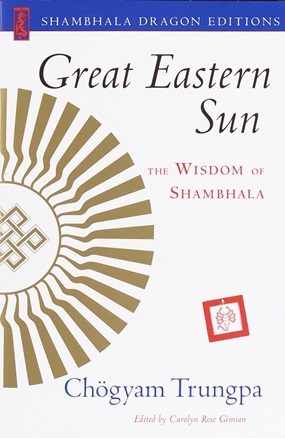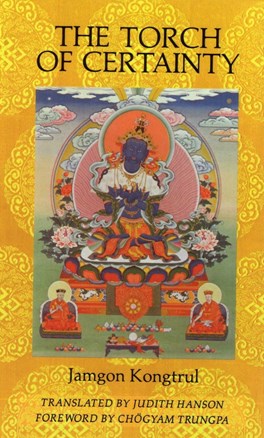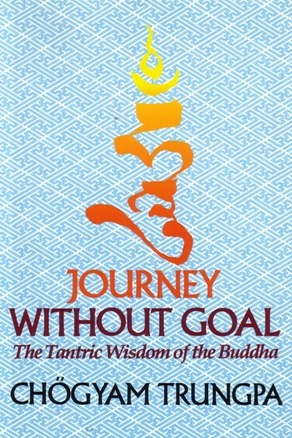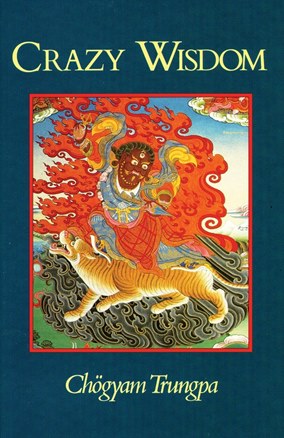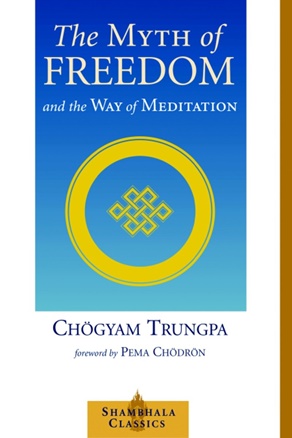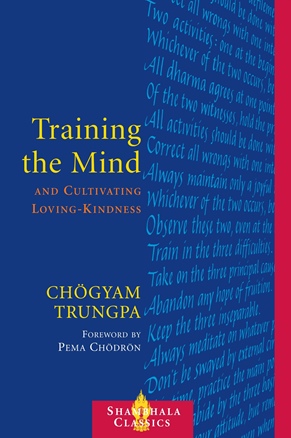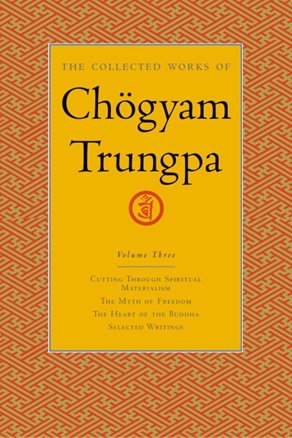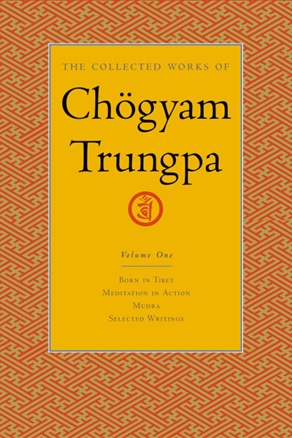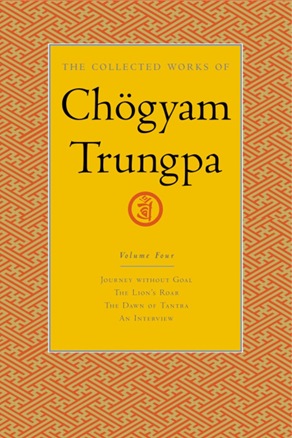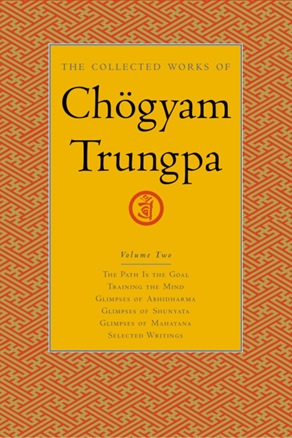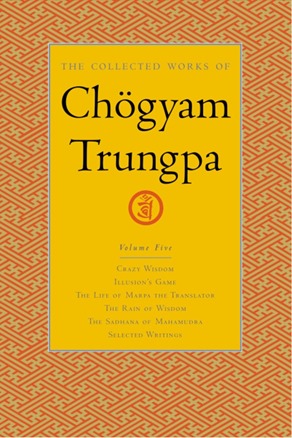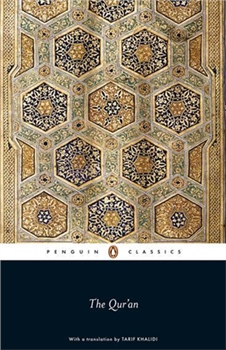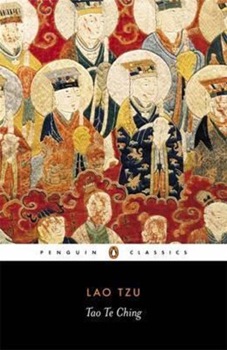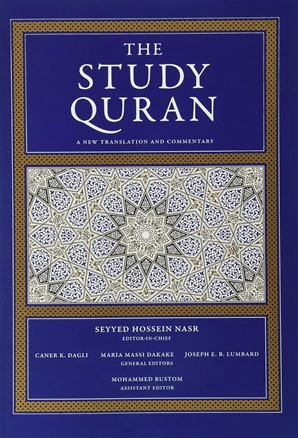Description
In Shambhala: The Sacred Path of the Warrior Chögyam Trungpa offers an inspiring and practical guide to enlightened living based on the Shambhala journey of warriorship, a secular path taught internationally through the Shambhala Training program.
Great Eastern Sun: The Wisdom of Shambhala is a continuation of that path. Shambhala was an exploration of human goodness and its potential to create an enlightened society—a state that the author calls "nowness." And in that spirit of nowness, Great Eastern Sun —which is accessible to meditators and nonmeditators alike—centers on the question, "Since we're here, how are we going to live from now on?"
About the Author
VidyadharaChögyam TrungpaRinpoche (Tibetan: ཆོས་ རྒྱམ་ དྲུང་པ་ Wylie:Chos rgyam Drung pa; also known asDorje Dradul of Mukpo,Surmang Trungpa, after his monastery, orChökyi Gyatso, of which Chögyam is an abbreviation) was a Buddhist meditation master, scholar, teacher, poet, and artist. He was the 11th descendent in the line of Trungpa tulkus of the Kagyü school of Tibetan Buddhism. He was also trained in the Nyingma tradition, the oldest of the four schools, and was an adherent of the rimay or "non-sectarian" movement within Tibetan Buddhism, which aspired to bring together and make available all the valuable teachings of the different schools, free of sectarian rivalry.Trungpa was a significant figure in the dissemination of Tibetan Buddhism to the West, founding Naropa University and establishing the Shambhala Training method, a presentation of the Buddhadharma largely devoid of ethnic trappings. In 1963, he moved to England to study comparative religion, philosophy, and fine arts at Oxford University. During this time, he also studied Japanese flower arranging and received an instructors degree from the Sogetsu school ofikebana. In 1967, he moved to Scotland, where he founded the Samye Ling meditation centre.Shortly thereafter, a variety of experiences—including a car accident that left him partially paralyzed on the left side of his body—led him to give up his monastic vows and work as a lay teacher. In 1969, he publishedMeditation in Action, the first of fourteen books on the spiritual path published during his lifetime. The following year he marriedDiana Pybusand moved to the United States, where he established his first North American meditation centre, Tail of the Tiger (now known as Karmê-Chöling) in Barnet, Vermont.In 1986, he moved to Nova Scotia, Canada, where hundreds of his students had settled. That Autumn, after years of heavy alcohol use, he had a cardiac arrest, and he died of heart failure the following Spring. His legacy is carried on by his son,Sakyong Mipham Rinpoche, under the banner of Shambhala International and theNalanda Translation Committee.
